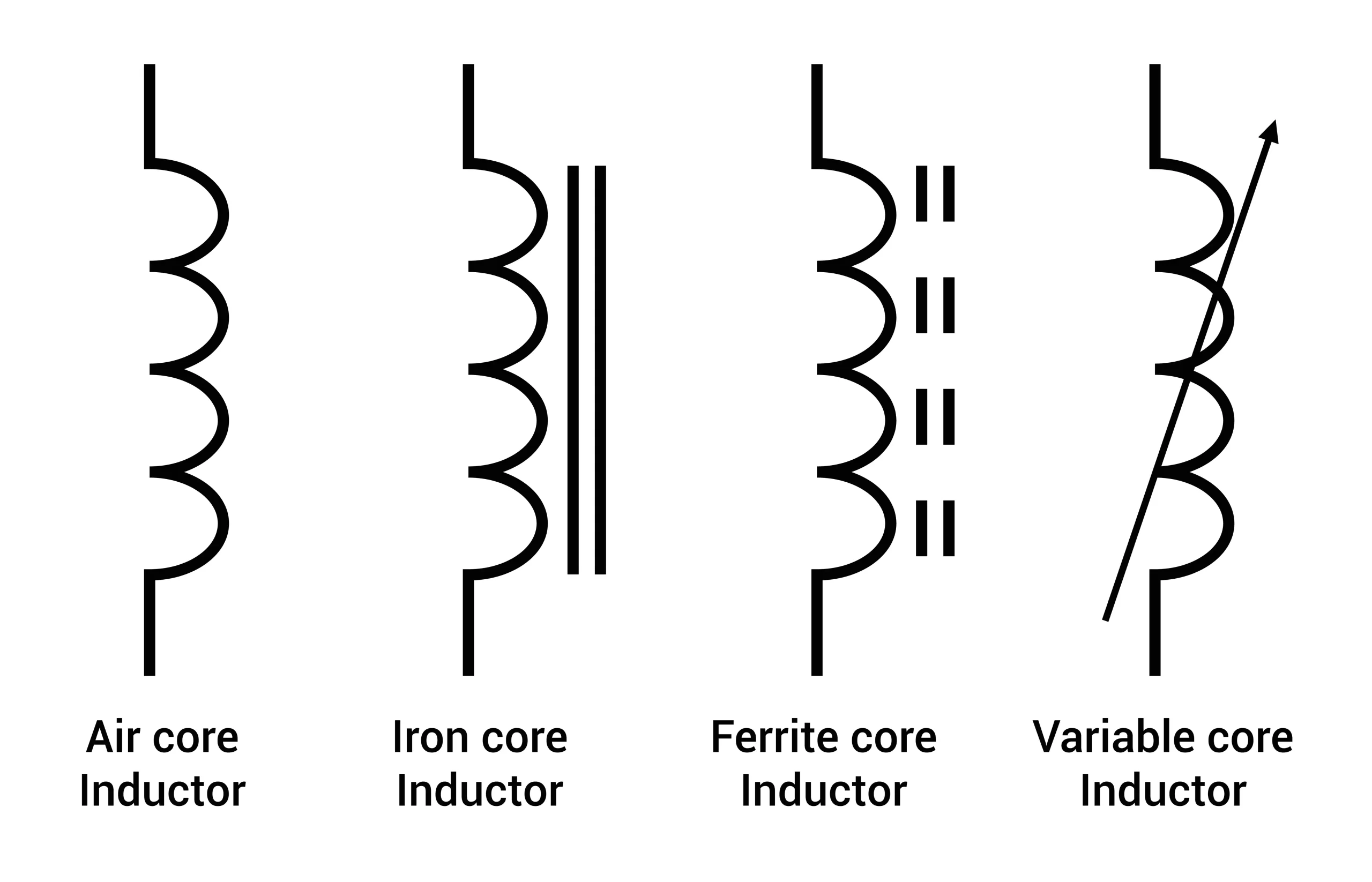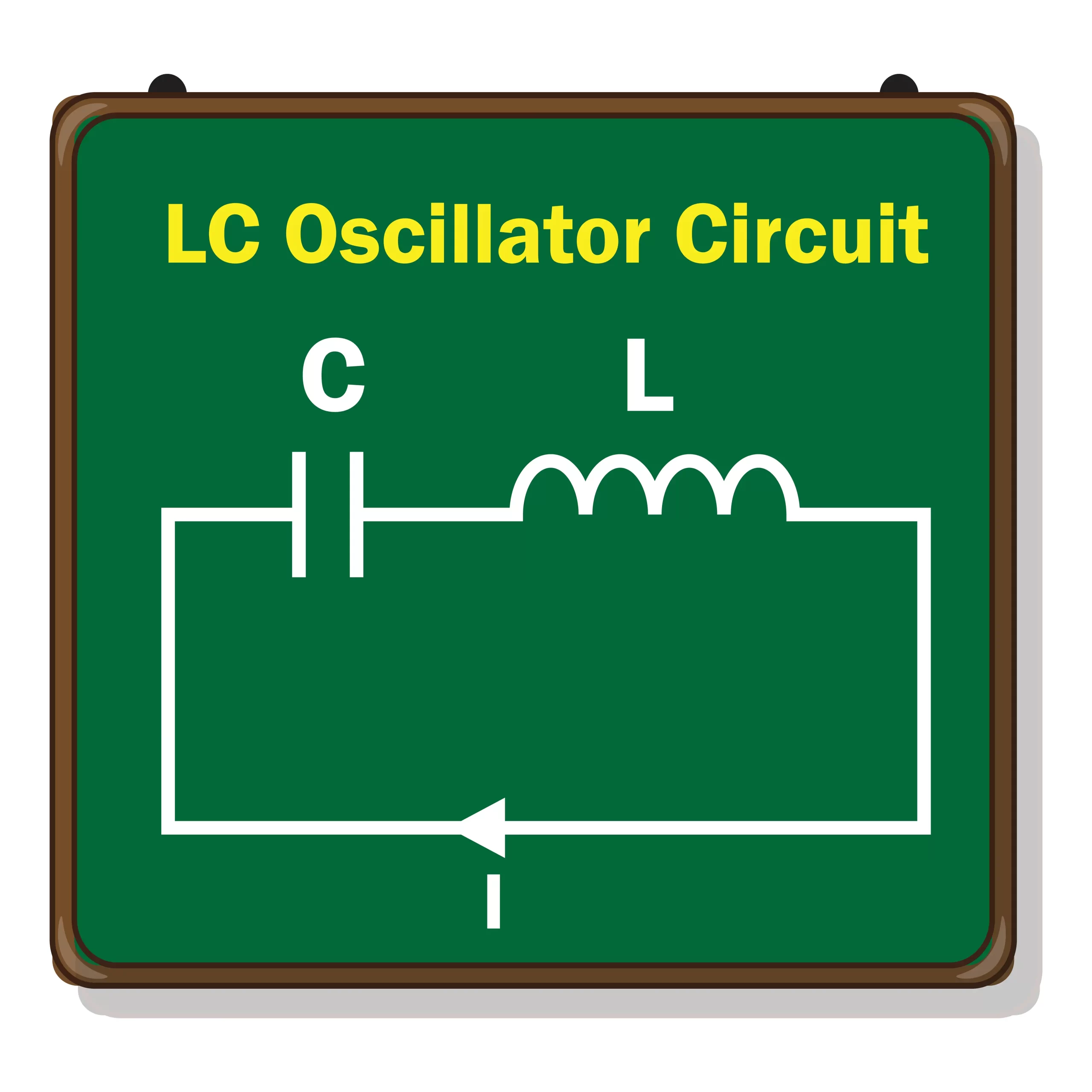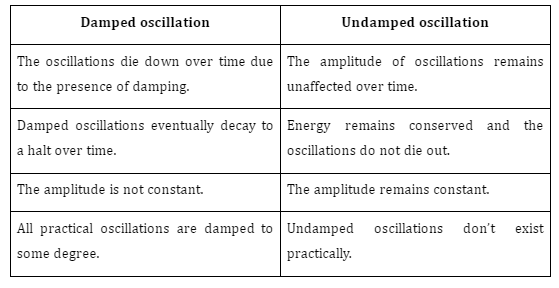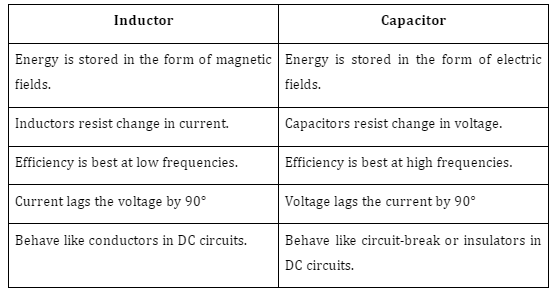Introduction
Electronics is a branch of physics that focuses on the behavior of electrons in electronic circuits. Unlike classical electrical engineering, electronics employ active devices as components. Note that active devices are devices that can control the flow of electricity in a circuit. On the other hand, passive components only consume electricity but cannot regulate it. Vacuum tubes which have the ability to control the flow of electrons, were initially fundamental to electronics but that technology is now obsolete. Today, you can create much more intricate circuits in much smaller form factors using transistors.
An electric circuit is a closed path through which electric current can flow. Electrical components such as transistors, resistors, capacitors, and inductors are utilized in these circuits. Electronic devices, including computers, are constructed from thousands of electric circuits composed of these electronic components.
What is oscillation?
You have already come across hundreds of oscillations in your daily life. The term “oscillation” refers to the repetitive to and fro motion of a device or quantity. When a particle oscillates, it vibrates about an equilibrium position periodically. Common examples of oscillation you might be familiar with include the pendulum of a clock, your heartbeat, and the movement of strings in musical instruments. The pendulum moves to and fro from its mean position. Similarly, in a slinky, the spring extends and contracts rhythmically. An oscillation can be represented using a sine wave, whose value itself oscillates about 0. Oscillations can be free, damped, or forced.
Inductor
An inductor is a passive electronic component that converts electrical energy into magnetic energy and stores it. It is made up of a coil of wire that is generally wrapped around a given core but can be made without a core as well. An inductor works on the principle of electromagnetic induction, which is related to the generation of a magnetic field due to a changing current.
Since an inductor is in the form of a coil, when current going through it changes, the loops of the coil resist the corresponding change in magnetic field. A quantity that characterizes inductors is the inductance. It is defined as the ratio of induced EMF to the change in current over time. The figure below shows a few common inductor types:

Inductor types
The increase in current creates a magnetic field in the inductor. This magnetic field reduces when the current through it decreases and the energy stored in the magnetic field is converted into electrical energy. Thus, an inductor can store energy in the form of a magnetic field.
Capacitor
Capacitance is the ability to store electric charge and capacitors are devices that facilitate this. Generally, they are made of two conducting plates separated either by air or by some other dielectric material like ceramics, plastics, mica, etc.
When a capacitor is connected to a DC source, electrons move from the negative terminal and accumulate on the conducting plate, inducing a positive charge on the other plate. The dielectric material in between the plates prevents electrons from crossing the barrier. This way, electrons get stored on the plates and the energy thus stored can be utilized later. Mathematically, capacitance is measured using the following formula:

The following diagram shows a capacitor:

Capacitor
LC oscillator
An LC circuit is so named because it contains an inductor and a capacitor. Capacitance is depicted by C while inductance is depicted by L, hence the name LC circuit. An LC circuit is also sometimes referred to as a tank circuit. An LC circuit can act as a resonator that stores energy and then oscillates at a particular frequency using positive feedback without external influence.

LC Oscillator
Working of LC oscillator
- In the circuit depicted in the figure above, we have an inductor and capacitor connected in series.
- When voltage is applied, the capacitor starts developing a charge. In this time period, the inductor does not receive anything.
- When the applied voltage is removed, the energy stored in the capacitor flows to the inductor and the capacitor discharges.
- Once the capacitor has been completely depleted, the inductor carries all the energy and it removes it into the circuit. This charges the capacitor in the opposite direction till all energy is transferred to it.
- This cycle repeats to give rise to LC oscillations.
Applications
LC oscillators find a wide range of applications in electrical circuits. Here are a few examples.
- They are used in AC-DC converters.
- They are used in amplification circuits.
- Radios, TVs, transmitters, filters, etc. all utilize LC circuits.
- They are used for induction heating.
- They are used in sine wave generators.
Summary
Capacitors store charge while inductors store magnetic energy. When connected in series, they can be used to create oscillator circuits which do not require external influence to operate. This article discussed concepts related to LC oscillator circuits in detail.
Frequently asked questions
1. What are free and forced oscillations?
Free oscillations occur when an oscillating body is allowed to oscillate without external influence. On the other hand, one can force a body to oscillate continuously using an external force, which is known as forced oscillations.
2. Differentiate between damped and undamped oscillation?

3. What are the applications of inductors?
Inductors find a wide range of applications, a few of which are:
- Choking, blocking, filtering, or smoothening high frequency noise.
- Used in oscillators.
- Used in power converters.
- Used in radios, TVs, wave generators, etc.
4. What are the differences between the capacitor and inductor?

5. What are the uses of capacitors?
- Capacitors are used for quick release of electric charges. This is used in camera flashes, keyboards, etc.
- Capacitors can be used to detect high frequency electromagnetic radiation.
- Ignition systems use capacitors.
- Oscillators, amplifiers, and transmitters utilize capacitors.